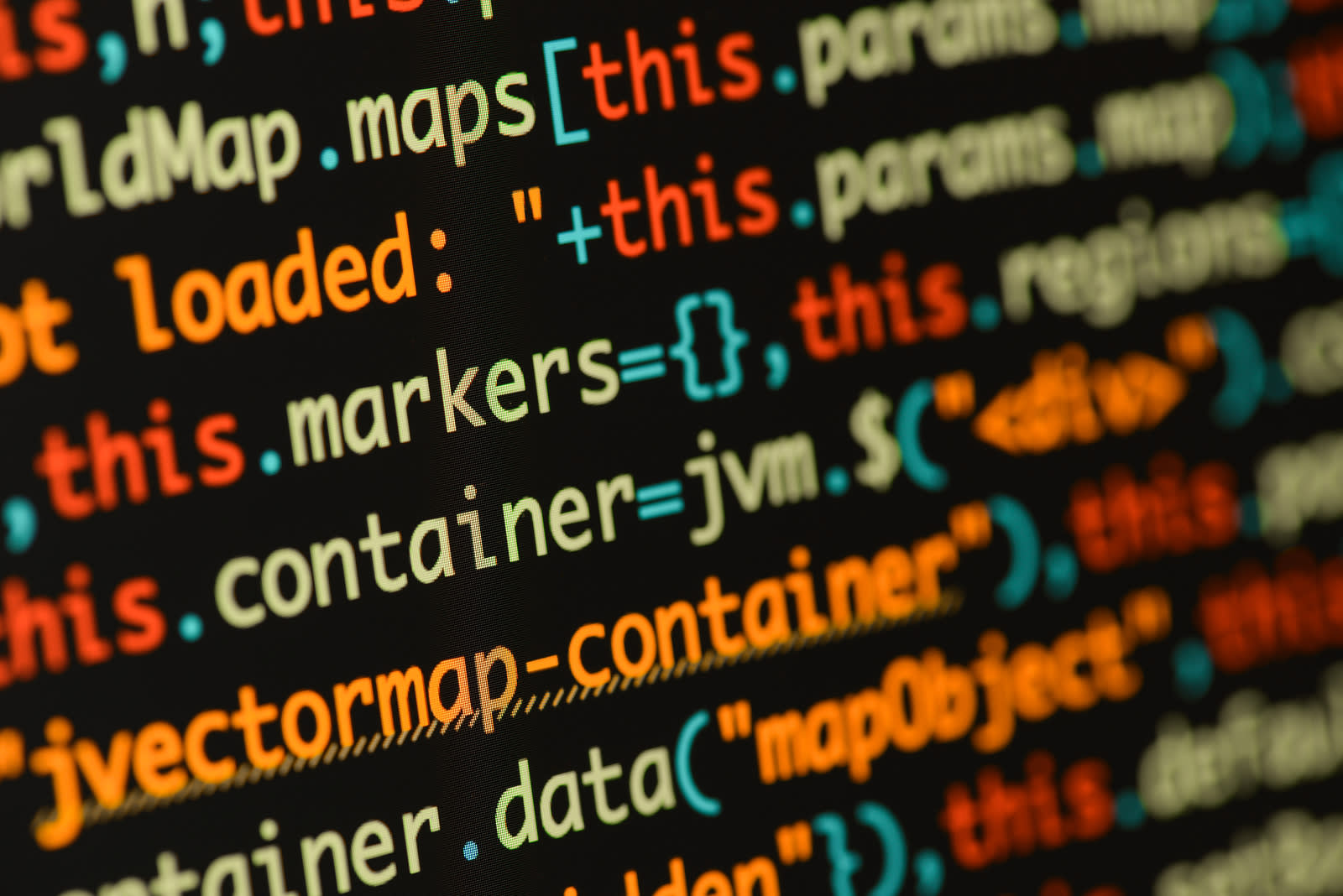Hey everyone! This is what I regularly use for further reference to the bots I create. The config.json file is provided for fields to edit the code (e.g.: prefix) except bot tokens reserved via .env file. Included in this repository are the command and event handlers plus a free HTTP server to run and monitor using UptimeBot or BetterUptime (applicable for Replit users).
If you have questions, comments, or concerns, you may post on the Issues tab or visit my support server.
Regards and wishes,
Stephen L.
⚠ Few reminders: It is best to know JavaScript first. But if you're knowledgeable enough to this programming language, you may check out these channels below.
https://www.youtube.com/reconlxx
https://www.youtube.com/tomato6966
https://www.youtube.com/lyxcode
https://www.youtube.com/wornoffkeys
https://www.youtube.com/UltraX1
A huge thanks to UltraX's tutorial for this idea on the handlers.
To start developing, you need the following prerequisite libraries to install via NPM:
- Node v16 LTS
- Discord.js v13
- dotenv
- fs
To create a bot account, visit https://discord.com/developers/applications. Click "New Application" and name it as you wish and click "Bot" with the jigsaw puzzle icon. On the Build-A-Bot section, click "Add Bot" and confirm to the changes. Copy the token and obtain it on your .env file. You must enable all the intents to be used to run the bot. Go to OAuth2 and URL Generator then choose bot, applications.commands, and your desired permissions. Copy the generated URL and invite the bot into your testing server.
To setup your bot, open your terminal and execute npm init to start creating the Node app environment.
Then, run npm install discord.js dotenv fs.
The folder is labeled ./commands but require sub-folders to keep the bot structure organized. module.exports.run is where you can place all of the code you need. The latter is module.exports.help, which is where you modify the official command name and aliases.
module.exports.run = async(client, message, args, prefix) => {
await message.reply({ content: "This is a template test for the command handler." })
}
module.exports.help = {
name: "test",
aliases: []
}Discord welcomes the use of slash commands in our bots today, which was introduced at around 25th of March.
However, the slash command data (./dataHandler.js) is in a form of JSON style. By this case, be sure to refer to Discord API's documentation page.
async function createCmd(client, guildId) {
const data = [
{
name: "test",
description: "Serves a bot test run"
}
]
// You can comment out which do you want to distribute your slash commands.
await client.guilds.cache.get(guildId)?.commands.set(data) // Server-exclusive
await client.application?.commands.set(data) // Globally (perfect for public bots)
}
module.exports = { createCmd }On ./events/ready.js, you have to type the following code after selecting which slash command distribution method:
const client = require('../index.js').client;
const { createCmd } = require('../dataHandler')
client.on('ready', () => {
console.log('Hello! The bot is now ready.')
createCmd(client)
// or...
createCmd(client, "serverid")
})Finally, on ./slashcommands, this is where we the file listens to the data handler to execute an event.
module.exports.run = async(client, interaction) => {
await interaction.reply({ content: `This is a template test for the command handler.`, ephemeral: true })
}
module.exports.help = {
name: "test"
}const client = require('../index.js').client; // Requires the client handler from the index file
client.on('anyDiscordEvent', () => {
console.log("I keep the transparency of your bot's undertakings.")
})Q: Why there is a developerID field on ./config.json?
A: This is helpful for most developers who wish to keep their currently developing code in a private state. This should work on both prefixed and slash command handlers. Please see the template.js files on each of the commmand handler folders.
Q: How do I change my bot intents?
A: By default, it is '32767' aka. total access to all bot permissions. That can be changeable within the index.js folder.
Q: I want my bot to run on Replit. How should I use this?
A: Fork the repository. Log-in or signup to Replit afterwards. At the homepage, click the + icon and select Node.js. You must create the repl folder first. Then use the shell terminal to execute git clone /~https://github.com/<Github username>/<forked repo name>.git. Finally, move all of the necessary files to the root folder including .git (of your forked repo!) for version control purposes.
Q: My music bot that uses Opusscript cannot run! (Replit users)
A: Run npm i --python=python3.10
Q: Will this be useable on TypeScript?
A: No. However, I can make a separate version utilizing the same bot framework library with superset usage.
